While white might be the traditional color for pearls, these gemstones come in a wide range of colors. White pearls are classic and timeless, but colored pearls add spice and variety to your jewelry collection.
Let’s take a look at the most popular pearl colors and how to pick the color that works for you.
White Pearls
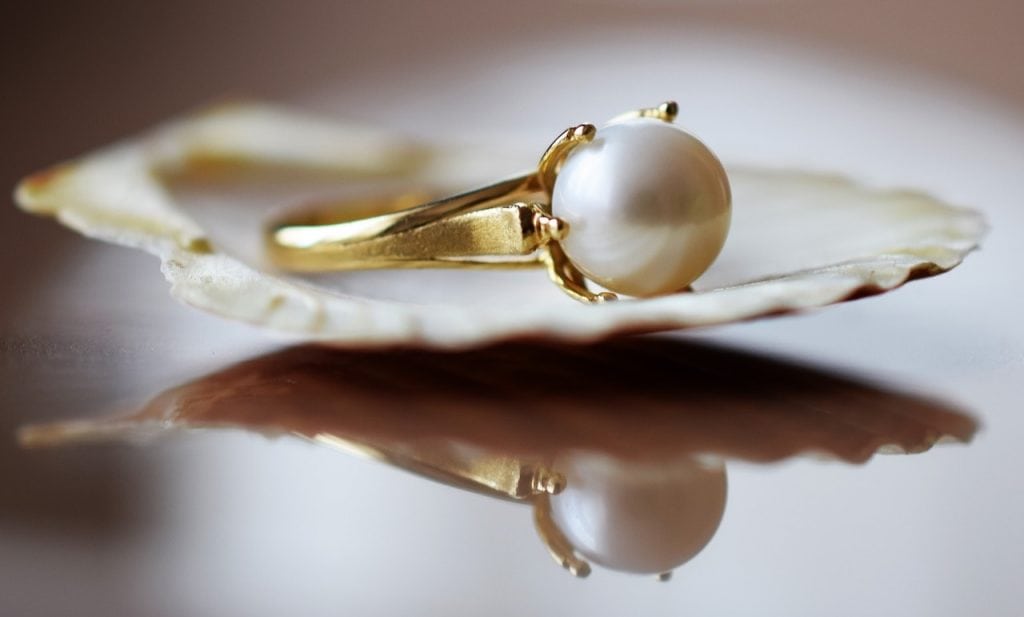
You can’t go wrong with the classic white pearl. These pearls are timeless and ideal for any occasion, immediately bringing sophistication and elegance. White pearls are also a favorite option for bridal jewelry as their symbolism and look perfectly match these special occasions.
White pearls come from freshwater, Akoya and White South Sea varieties, although sometimes Tahitian pearls can yield white pearls too. Of these, White South Sea is the most valuable and luxurious, while Akoya is the most popular.
Black Pearls

Tahitian and Sea of Cortez are the only naturally occurring dark pearls, but these are rarely black. Rather, they exhibit dark gray to charcoal body colors often with a range of unique overtones that add shimmer and color to the pearl.
All other types of dark pearls on the market have been artificially enhanced. These include black Akoya and black freshwater. Black pearls are highly popular, as they make for creative, contemporary and unique jewelry designs.
Golden Pearls
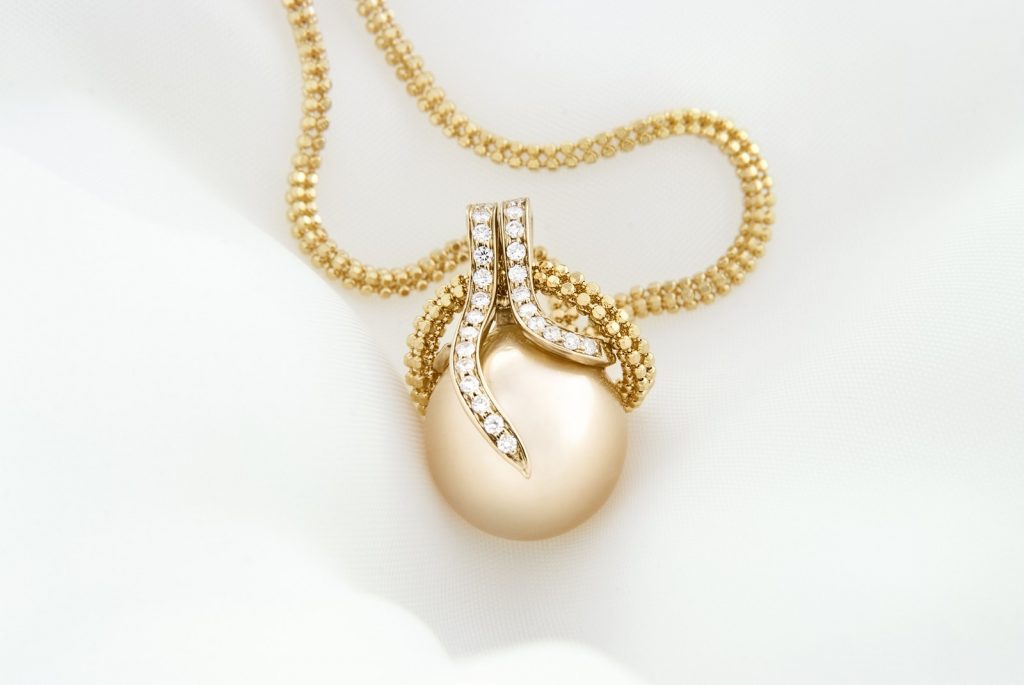
Golden South Sea pearls are luxurious, with amazing luster and body color. The best part is that these are naturally occurring pearls, although their perfection may look too good to be true. There’s no denying that golden pearls are among the most prestigious of all the pearl types, and their rarity make them among the most valuable as well.
Pink Pearls
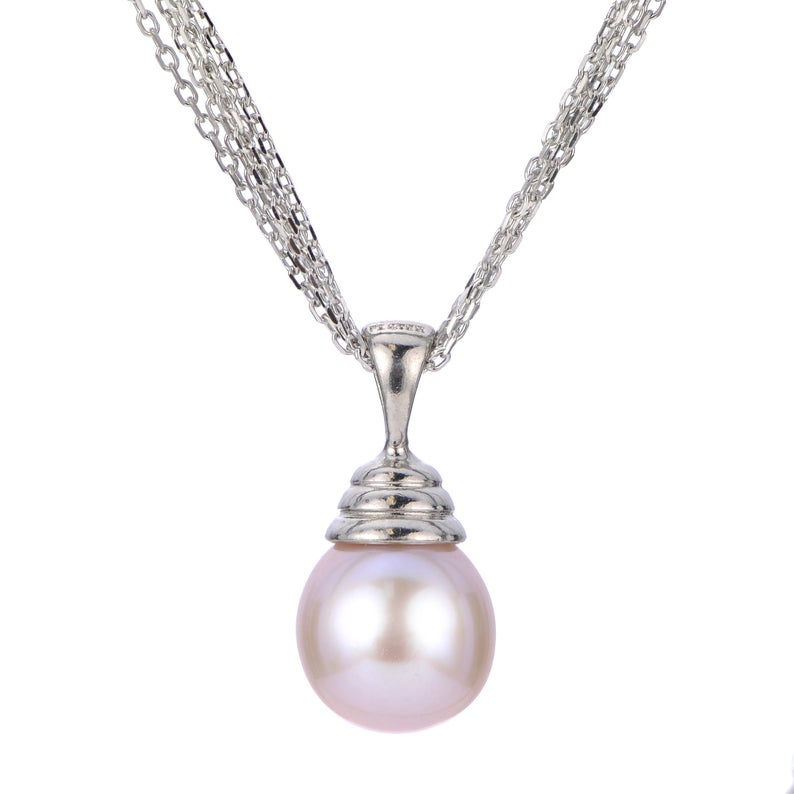
Pink pearls are delicate and feminine in appearance. White pearls can sometimes feature pink overtones or be artificially ‘pinked, an industry treatment that gives white pearls a desired blush hue.
However, most natural pink pearls come from freshwater mussels and are sourced mainly from China. Pink pearls aren’t as common as white pearls, making them a coveted variety.
Lavender Pearls
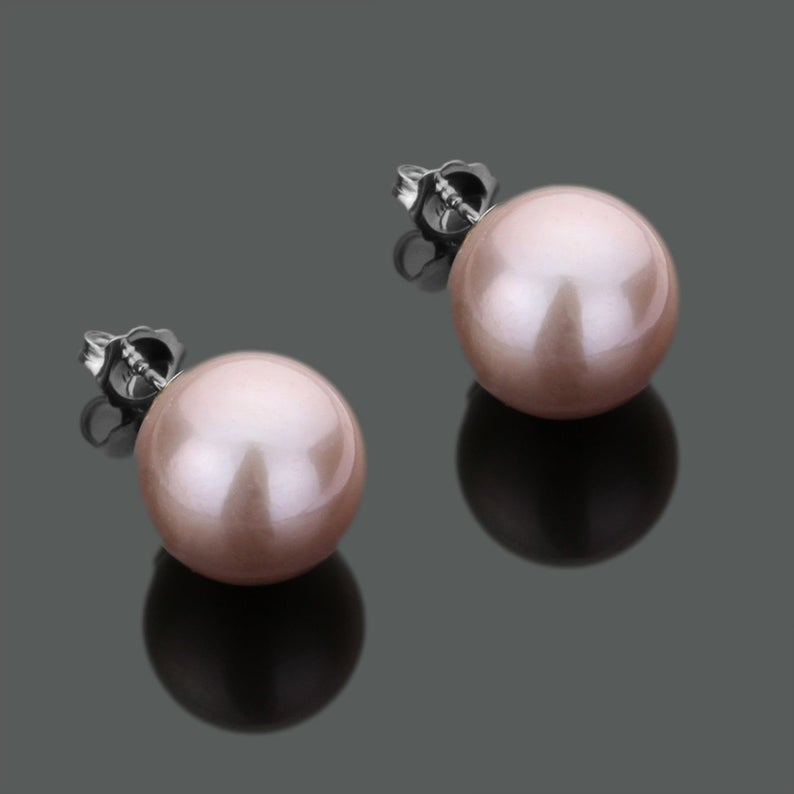
Lavender pearls come from freshwater mussels and are similar to pink pearls. These natural pearls have a beautiful rich hue and often feature overtones of green, blue-green and sometimes rose and gold.
Chocolate Pearls
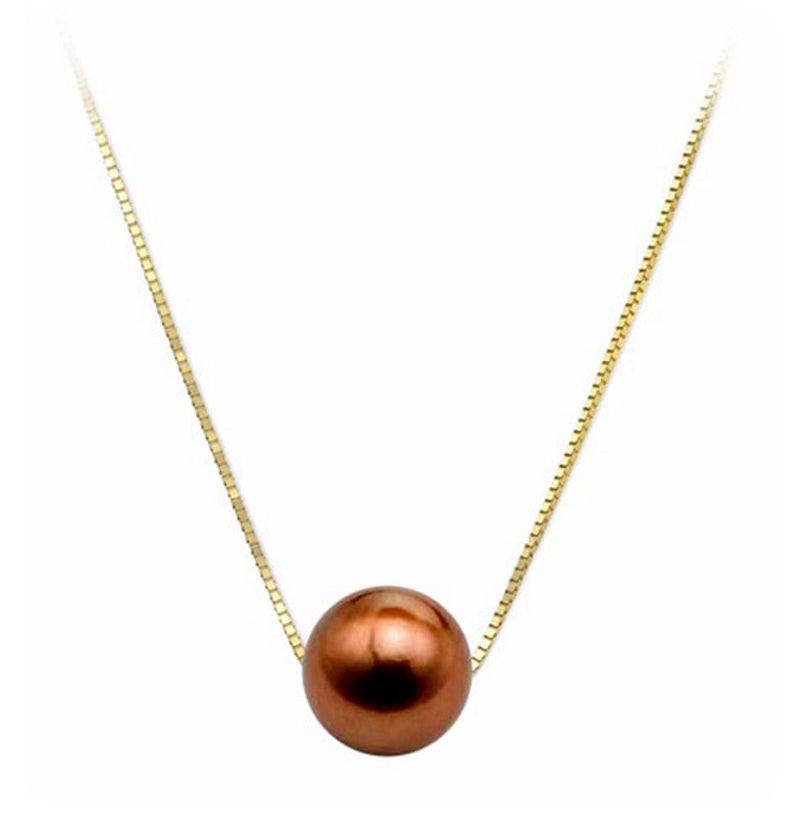
Among the rarest and most interesting of all pearl colors are chocolate pearls, that have a dark brown, almost metallic look. These pearls have become very popular and are highly sought after in the fashion world.
Tahitian chocolate pearls are natural in color, but you’ll also find dyed versions among freshwater pearls. These pearls grow to good sizes, with the average being 12.0mm.
Blue Pearls
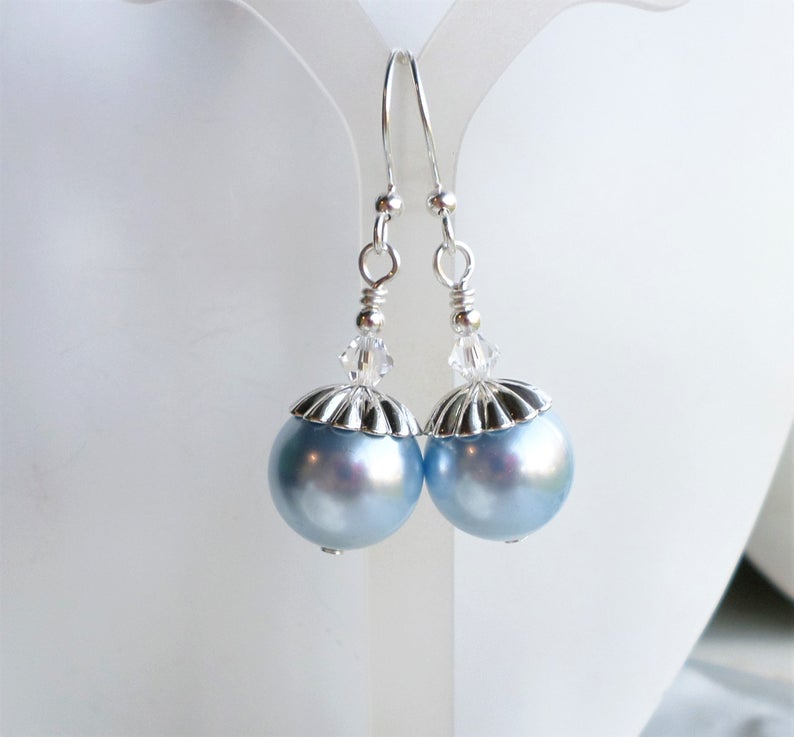
Blue pearls come from saltwater oysters and are extremely rare. These range in color from pale blue to deep, vivid blue hues. Blue pearls from the South Seas that occur naturally are probably the rarest of all naturally occurring pearl colors.
Unlike other pearl types, blue pearls are said to get their color from a metabolic disorder that the mollusk has. While there are many artificially dyed and enhanced blue pearls on the market, finding the real deal is truly special and highly valuable.
What Influences a Pearl’s Color?
The color of pearls is an aspect that pearl farming has little control over. Pearl farmers try to interfere and influence the coloring of the pearl, but most times, it’s left to chance.
There are many reasons why a pearl gets a certain colors. Here are some:
- Type of Mollusk – The inner lining of nacre on the shell, especially the coloring at the mollusk’s lip, largely influences a pearl’s color. Golden South Sea pearl’s get their stunning hue from the gold-lipped Pinctada Maxima, while black Tahitian pearls are colored by the Pinctada Margaritifera’s gray-silver tints.

- Location – With pearls, location can be everything. A pearl that forms closer to the golden lip of the Pinctada Maxima will likely display a deep golden hue than a pearl that forms deeper within the shell.
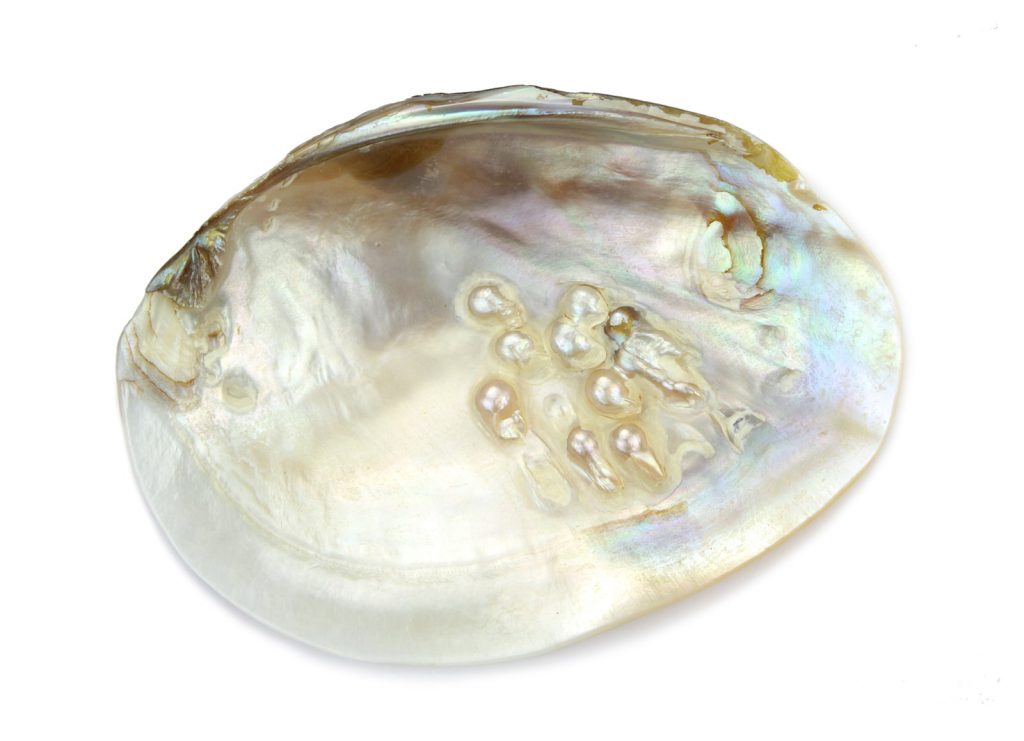
- Human Manipulation – Sometimes pearl farmers uses various techniques to influence the pearl’s color. This can include techniques such as changing the color of the bead used in the nucleus to affect the final look of the pearl.
- Quality of Nacre – Thick nacre from healthy mollusks create a richer pearl color and better luster and overtone, while thinner nacre layers can appear milky and dull. The silver-lipped oyster that creates the famed White South Sea pearls has among the thickest nacre of all the oysters, which results in exceptionally lustrous pearls.
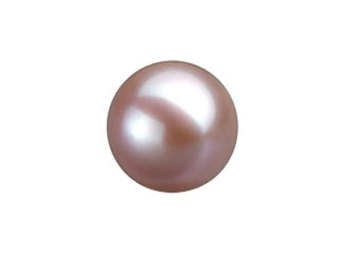
Enhancing a Pearl’s Color
In addition to these factors, there are also treatments that most pearls go through to enhance their color. These are industry practices and aren’t ‘illegal’ or ‘fraudulent’ practices, so rest easy.
However, some have a great influence on the final look of the pearl (like dyeing) so always check whether the pearl you’re interested in has been subject to enhancements.
Pearl Pinking
Because rosy overtones are among the most popular for white pearl, pearls are often ‘pinked’ to give them a rosy overtone. This is basically a form of dyeing and a way to keep up with the huge demand for rosy pearls.
Irradiating
This scientific method allows pearl farmers to alter the color of pearls using gamma rays. For Akoya pearls, irradiation tends to darken the nucleus of the pearl, resulting in a more desirable pearl color, while for freshwater pearls, irradiation tends to darken the nacre layers. This treatment can also enhance the shine of the pearl, giving it a more metallic look.
Polishing and Bleaching
This is a common process, where pearls are polished in a saline solution and then given a quick bleaching treatment to acquire a white color. This treatment gets rid of any small blemishes or flaws on the surface of the pearl. It’s quite common among South Sea pearls.
Dyeing
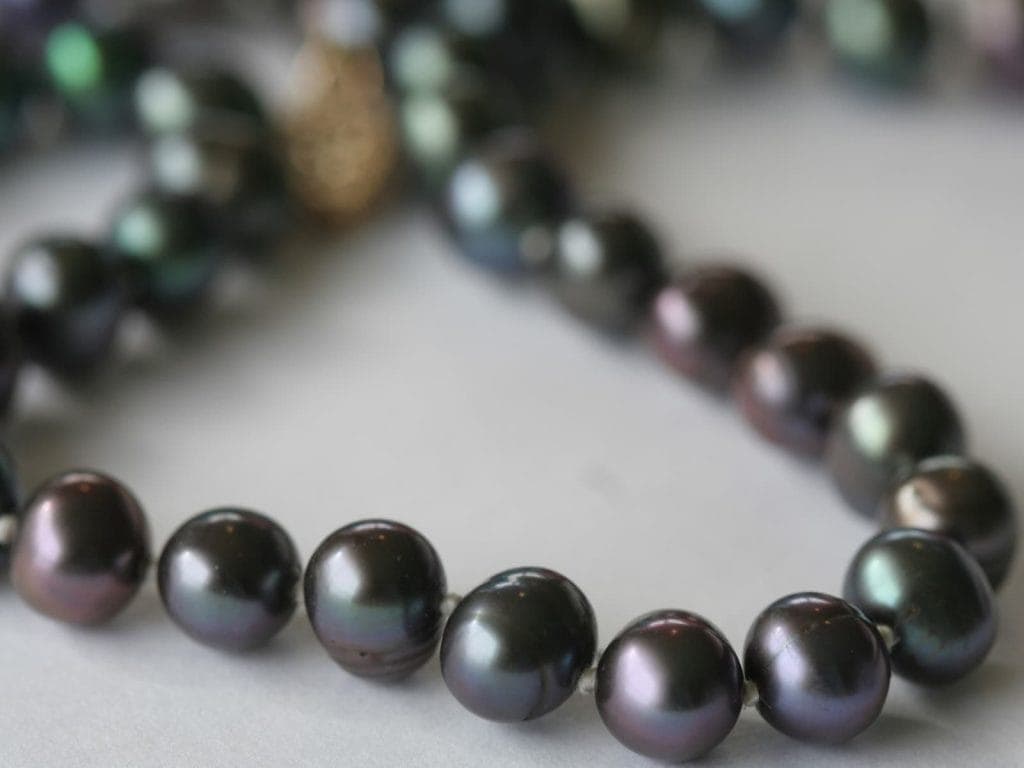
This is the easiest way to alter the color of the pearl. Most colored freshwater and Akoya pearls on the market have been dyed, especially black and blue varieties. Freshwater pearls are easy to dye because of their softer nacre, while South Sea pearls take much longer and can be quite expensive to dye.
Which is the Rarest Pearl Color?
Quite possibly, the rarest pearl color is naturally occurring blue pearls. These pearls are so rare that they’re often difficult to come across at all. They can command high prices, especially if they’re South Sea or Tahitian blue pearls.
Which Pearl Color Should You Choose?
There’s no easy answer to this. When choosing your pearl color, you may want to consider your skin tone, budget and general style of jewelry.
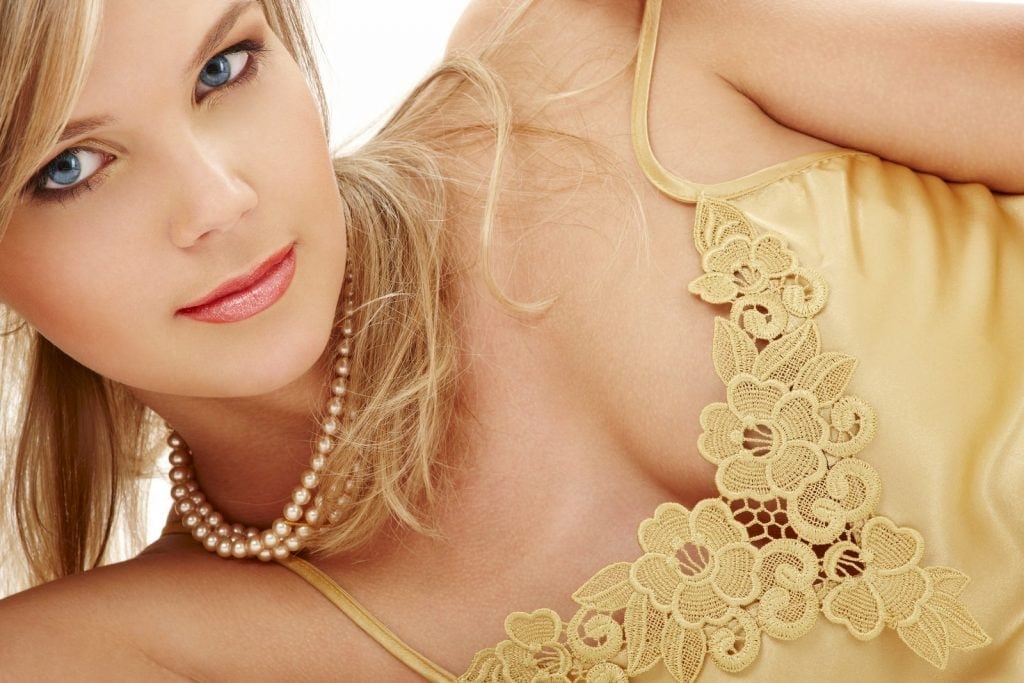
- Certain colors like white and ivory pearls tend to flatter all complexions. These are elegant and timeless, making them excellent choices for all. However some colors tend to suit certain skin tones more than others. For example, gold pearls look great on tan to dark skin tones while champagne pearls (light gold) flatter light skin.
- In terms of budget, South Sea and Tahitian are much more expensive than Akoya and freshwater. For the lowest priced pearls, freshwater is often your best bet.
- And finally, what’s your jewelry style? if you like traditional, classic pieces of jewelry, opt for white or rose pearls which are neutral and fit with most outfits. But if you’re style of jewelry is more avant garde and contemporary, think black or gold pearls, to make a statement.



Add Comment